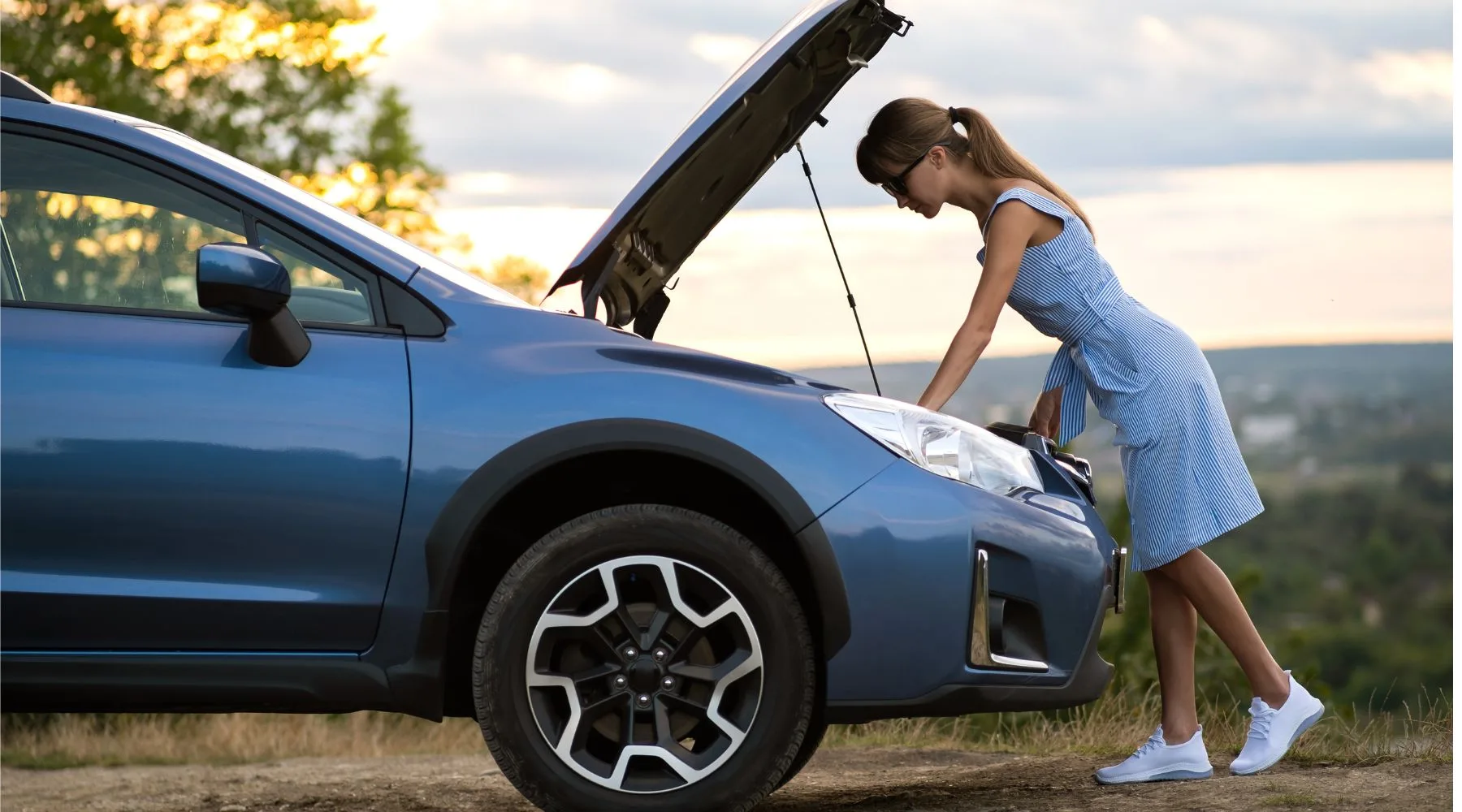6 essential car insurance questions answered for 2024

Under 25 and shopping for car insurance? You'll have some questions – and we've got answers.
 Sponsored by Bingle Insurance, which offers affordable car insurance without the pumped-up price. To find out more about third-party and comprehensive insurance, visit the Bingle website today.
Sponsored by Bingle Insurance, which offers affordable car insurance without the pumped-up price. To find out more about third-party and comprehensive insurance, visit the Bingle website today.
Finding car insurance for under 25s can be a tricky process. But by asking the right questions and knowing what you're looking for, you can get a better deal in the process.
1. How much is insurance for a car?
So how much is car insurance? The short answer is that it varies.
Insurance is just one of the many costs of owning a car. And if you're under 25, car insurance can seem extremely expensive.
The amount you pay for car insurance can vary quite a bit in comparison to your friends and family members (more on why in the next question!)
But the good news is that it doesn't have to be needlessly expensive; shopping around for car insurance can help you save.
Let's look at Bingle as an example. You can find a review of Bingle right here on Finder.com.au.
Bingle offers both comprehensive and third-party car insurance, with three different types of excess for policy holders. The types of excesses that apply to your policy are stated in the PDS and on your certificate of insurance.
- A standard excess applies to all claims unless otherwise stated in the PDS.
- An age excess applies to drivers under 25 years of age.
- An unlisted excess which applies if the driver using the car was a household member or regular driver, and was not a listed driver on the policy.
We'll talk more about excess in a moment, but you can also check out Bingle's Excesses page for more information on the different types of excesses for Bingle's cover.

2. What influences how much I pay?
Calculating car insurance pricing is based on a range of different factors.
Your risk, claims history, the type of car you drive, where you live and what you use it for can be just some of the factors. Car insurance costs can also vary quite a bit from state to state in Australia.
Age is a consideration, too. Under-25s tend to get stung by the so-called "youth tax" which can drive up costs.
This is why shopping around and looking at a range of different insurers can be quite important.
3. What's the difference between third-party and comprehensive insurance?
Comprehensive car insurance doesn't just cover you for accidents. It may also provide cover for accidental loss or damage to your car caused by insured events such as theft, storms or fire. Bingle's comprehensive policy is an insurance product with a range of cover; we'll break it down in more detail in the next question.
By contrast, third-party insurance property damage insurance generally only covers accidental loss or damage caused by your car to someone else's car or property.
The average car insurance cost for Third Party does tend to be cheaper. However, it's important to remember that Third Party insurance does not offer the same level of cover as Comprehensive insurance.

4. Does it cover more than just accidents?
It certainly can! Although car insurance tends to – understandably – be associated with accidents, comprehensive car insurance can cover a range of different circumstances.
Natural disasters, theft and other incidents can also be covered by your car insurance policy. Each insurer will offer different product features, so make sure you check over the Product Disclosure Statement (PDS) in detail before you sign up for it.
As an example, let's look at some of the things Bingle's comprehensive policy covers.
When you have a Bingle Comprehensive Car Insurance policy, you're covered for events such as hail, fire and flood damage, as well as theft or malicious damage.*
With Bingle Comprehensive car insurance, there are also optional extras such as Windscreen and Window Glass Only Cover available for an additional premium. So, if your windscreen or window glass (including the sunroof) is the only thing that's been damaged – say, from a stray rock on the highway – it can be repaired or replaced without needing to pay an excess.*
5. How does excess work?
An excess is the amount you have to pay for each claim under your insurance policy.
At Bingle, they will waive the excess if you or the driver didn't contribute to the accident (this means the other driver was completely at fault). Some of the ways you can show this are by providing a police report or witness statement. You'll also need to provide the name, address and rego number of the at-fault driver. But if you can't – well, you'll need to pay it.
The circumstances of your claim determine whether your excess will be waived, read the PDS for more information.
With Bingle, hail damage is one example where an excess won't be waived because there is no "at fault" driver.
Bingle has a range of standard excess options. Choosing a higher standard excess can be a way to save on your premium. However, you should ensure this is an amount you are comfortable to pay in the event of making a claim. You should also know that for drivers under 25, an additional excess will apply – the age excess.
You should always refer to the relevant policy documents to know what excesses may apply.

6. How can I list multiple drivers?
Most car insurance policies will allow you to add extra drivers to your policy. For example, Bingle allows you to add new drivers via their online self-service platform, 'My Account'.
You'll need to provide some information about these new drivers. This information varies from insurer to insurer but could include the person's driving history like a recent license suspension, previous car insurance claim or criminal history.
Adding a driver – or multiple drivers – may also affect your premium.
A Bingle Comprehensive Insurance Policy can cover other drivers that you allow to drive your car. Listing household members or regular drivers using your car, could mean avoiding an additional unlisted driver excess in the event of a claim.*
Learn more about cheap car insurance for young drivers with Bingle
Compare other car insurers here
